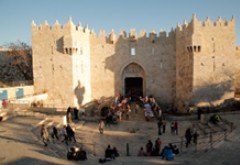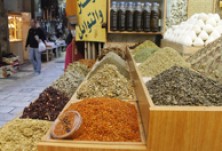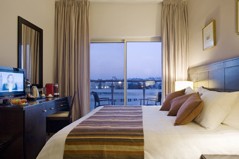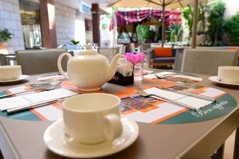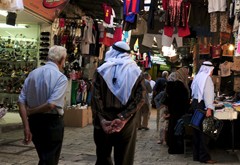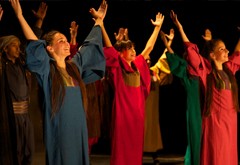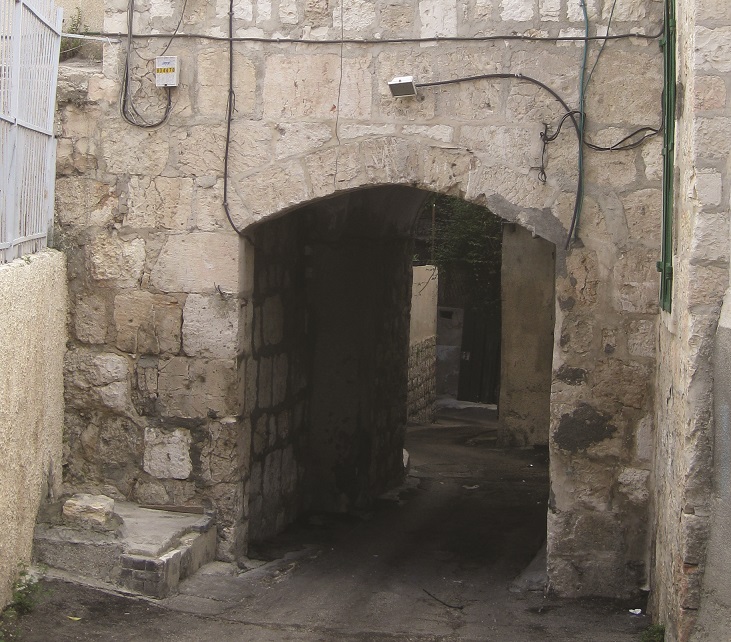Activities of the Sufi institutions were not restricted to the Old City of Jerusalem and the vicinity of al-Aqsa Mosque, but extended outside the city walls and the surrounding region. A number of Zawiyas were established in the Ayyubid era, including the Jarrahiyya Zawiya in Shaikh Jarrah neighborhood, and al-Mansuriyya and al-As’adiyyh Zawiyas on the Mount of Olives during the Ottoman era. Al-Zawiya al-Adhamiyya, established in the Mamluk era, is selected to be the first station of this trail. The grotto may be visited after taking permission from the Zawiya occupants. Small numbers of visitors are permitted to visit other premises in al-Zawiya after taking permission from their curators.
Remains of the Original Zawiya
This Zawiya is located outside the Old City walls, between Bab al-‘Amud (Damascus Gate) and Bab al-Sahira (Herod’s Gate), near the bus station, alongside the southern Bab al-Sahira cemetery. The site can be identified by the two minarets of the present mosque. It is paradoxical that most facilities of the original Zawiya were razed and most of what is there at present are modern buildings, although the remnants of a Mamluk structure can be seen in the room above the grotto entrance.
Founder
The Zawiya was established and registered as an Islamic Waqf by the Mamluk Amir Manjak al-Saifi, founder of the Manjakiyya madrasa, presently the General Awqaf Department. Manjak was the Deputy for Greater Syria around 1358 (760H). The Zawiya enjoyed a large and generous Waqf (religious endowment), and its sheikhdom was managed by a number of dignitaries, including Daoud ibn Badr al-Adhami, who died in 1404 AD (807 H).
Al-Adhamiya Grotto
Adjacent to al-Zawiya is a large grotto, worth visiting. It was mentioned by historian Mujir al-Din in his famous book, ‘al-Uns al-Jalil bi-tarikh al-Quds wal-Khalil’ (‘The glorious history of Jerusalem and Hebron’) (c. 1495), who jokingly described the grotto as ‘the living under the dead,’ referring to those in the cave under the al-Sahira cemetery. It was also mentioned by the traveler al-Nabulsi during his visit to Jerusalem in the 18th century.
Al-Zawiya is still active and bustling with visitors, particularly its mosque, to which a number of facilities were added, including a large ablution facility and kindergarten. Its area was recently expanded, its old minaret was renovated and a new minaret was added.

